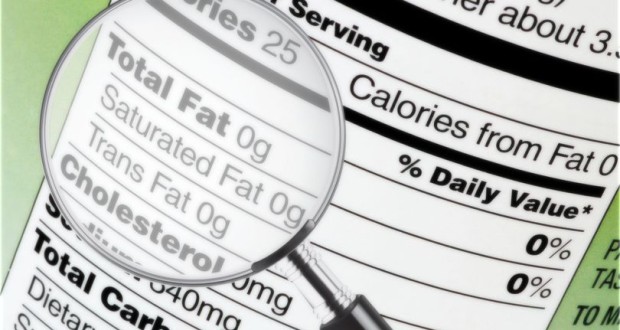Virtually every product we purchase at the grocery store has one thing in common – a nutrition label. This isn’t a coincidence; the Nutrition Labeling and Education Act of 1990 mandated that products carry labels with specific information, such as serving size, number of servings per container, calories per serving, amount of fat and so on. For more than two decades, these nutrition labels have remained mostly unchanged. The labels that shoppers have become so familiar with, however, may be on the verge of getting a significant overhaul.
What Might be Changed
In early 2014, the US Food and Drug Administration (FDA) announced it was weighing changes to the nutritional labels placed on foods and drinks. The reason for this decision is largely due to a shift in focus among doctors and nutritionists. A quarter-century ago, health professionals were chiefly concerned with ingredients like fat. Over the last two decades, doctors have tended to place more of an emphasis on total caloric intake, and have made efforts to highlight the differences between healthy fats, saturated fats and trans fats.
The list below shows some of the potential changes that have been suggested:
- A greater focus on calories
- The amount of added sugars (as opposed to natural sugars) should be given its own separate listing
- Labels should include a product’s percentage of whole wheat
- Improved labeling requirements for serving sizes
- Placing labels on the front of packages rather than the back
The logic behind such proposed changes is fairly straightforward. For example, a person’s weight generally hinges upon their daily intake of calories. The Centers for Disease Control and Prevention (CDC) refers to this relationship as your “caloric balance.” A person who is maintaining their current weight, for instance, tends to consume and expend roughly the same amount of calories. People in the process of gaining weight, in contrast, eat more calories than they burn off. This is referred to as “caloric excess.” Finally, people who are in “caloric deficit” consume fewer calories than they get from their diets, and wind up losing weight as a result.
Deceptive Sugars and Serving Sizes
Some groups also believe that added sugars need to be given a prominent place on nutrition labels. One such organization is the Center for Science in the Public Interest (CSPI), which submitted a list of proposed label changes to the FDA. In addition to a greater focus on calories, the CSPI also suggested that added sugars be given their own line on the new label.
The reasoning for this change is that it would enable shoppers to better track their sugar consumption. Research has found that many Americans underestimate the amount of sugar in their diets; a 2013 CDC report noted that people often unknowingly ingest added sugars when eating items like cereals, ketchup and muffins.
Furthermore, food producers are currently allowed to combine natural and added sugars on nutrition labels. As a result, consumers often fail to realize that the foods and drinks they buy are packing an inflated amount of sugar. While these ingredients are listed on the product’s label, they often have names that are unfamiliar to most shoppers. Some common types of added sugar are shown below:
- Anhydrous dextrose
- Corn syrup
- Dextrose
- High-fructose corn syrup (HFCS)
- Lactose
- Maltose
- Maple Syrup
- Molasses
- Nectars
- Sucrose
Serving sizes can also prove to be quite unhelpful to consumers. Take cereals, for example. The typical serving size for cereals usually ranges from ½ to ¾ a cup. However, many people pour far more than just a single serving size into their bowls, greatly upping their intake of sugars and other unhealthy ingredients. To avoid such a problem, the CSPI suggested that the new labels provide more realistic serving sizes, allowing consumers to better gauge what they’re eating without having to multiply the numbers listed on the label.
Claims about whole wheat content can also be suspect. Some products highlight their whole wheat content on their packaging, when in reality they only contain a small amount of this ingredient.
Growing Interest from Shoppers
The proposed label changes come at a time when shoppers appear to be paying closer attention to what they are buying. In a survey conducted from 2007 to 2008, the US Department of Agriculture (USDA) found that 34% of working-age adults (adults between the ages of 29 and 68) looked at nutrition labels before buying products. For those over the age of 68, this figure stood at 51%.
Just two years later, consumers in both categories seemed to be relying more on nutrition labels when making purchases. When asked about labels in 2009 and 2010 by USDA researchers, 42% of working age adults said they used them while shopping, along with 57% of shoppers over the age of 68.
In attempting to correct and improve the dietary habits of Americans, public health officials certainly face an uphill battle. The proposed changes to nutritional labels, along with increased consumer interest in the nutritional data of foods and beverages, may help make this a more achievable goal.
 Natural Knowledge 24/7 Educate yourself with nutrition, health and fitness knowledge.
Natural Knowledge 24/7 Educate yourself with nutrition, health and fitness knowledge.






